INTERACTIVE MAP

-
Otis Asia Pacific
Japan
ICT (International College of Technology) Kanazawa
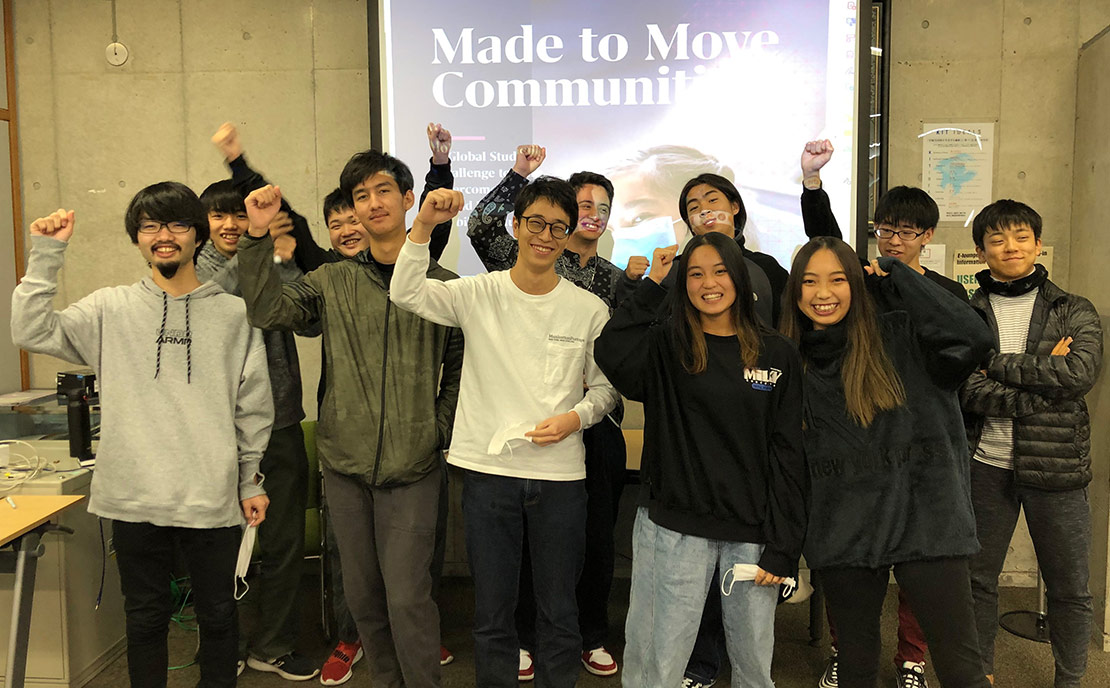
The student team created a website and app to monitor crowd levels and help revive tourism in Shiramine, where the local economy has suffered due to COVID-19. The app provides real-time data to help visitors more safely and comfortably visit the most popular local tourist attractions, while still avoiding crowds and adhering to occupancy limits.
Number of Students
11
-
Otis EMEA
Spain
Colegio Virgen de Europa
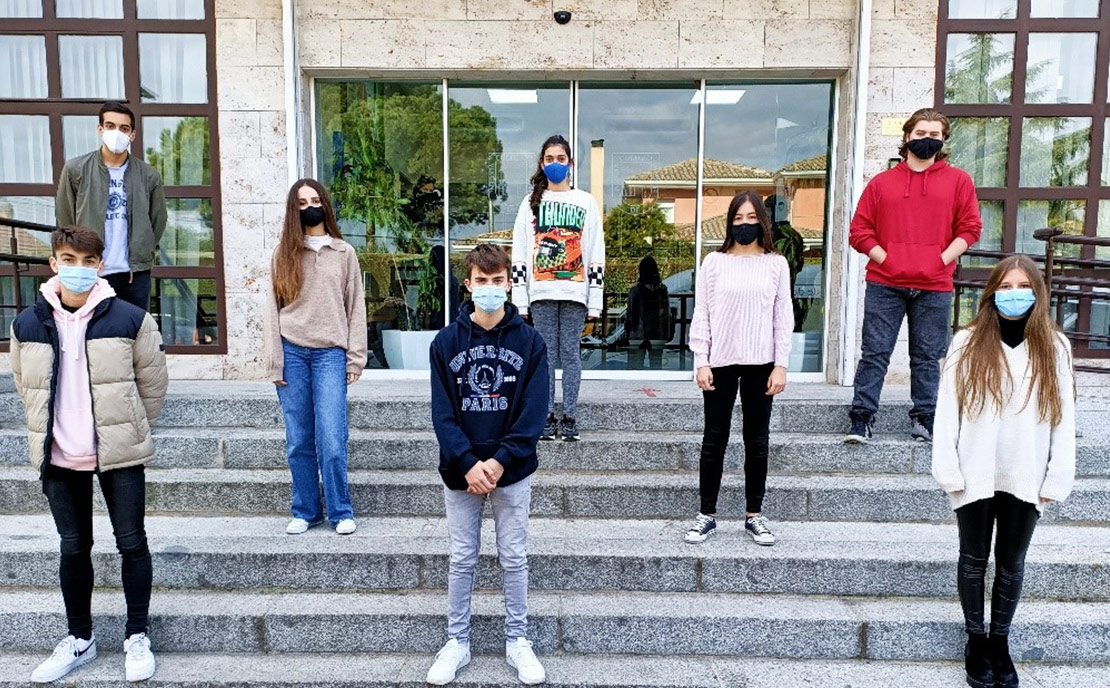
The student team identified solutions to decrease the spread of COVID-19. They developed touchless solutions and alternative methods to access stores, restaurants, and public transportation.
Number of Students
8
-
China
Shanghai Jiaotong University, Zhejiang University, Beijing Institute of Technology, Nankai University, Chongqing University
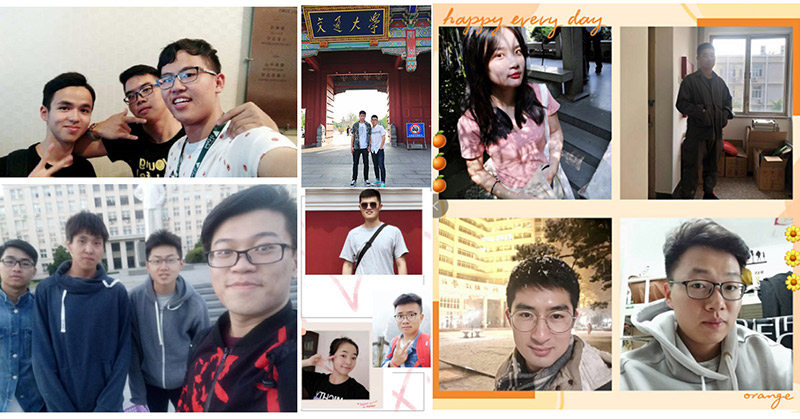
After careful research on China’s population, the student teams created mobility solutions to make transportation easier for the country’s large aging population.
Number of Students
22
Otis China
Beijing Institute of Technology
Zhejiang University
Shanghai Jiaotong University
-
Otis Americas
Connecticut, USA
Bloomfield High School
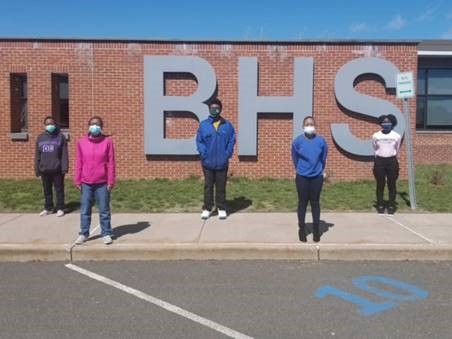
Students proposed innovative solutions for improving contactless grocery pick-up options. They used UV lights, conveyer belts and drones to help provide options for people who do not feel comfortable shopping in a store due to COVID-19.
Number of Students
5
-
Otis Asia Pacific
Hong Kong SAR
ELCHK Yuen Long Lutheran Secondary School
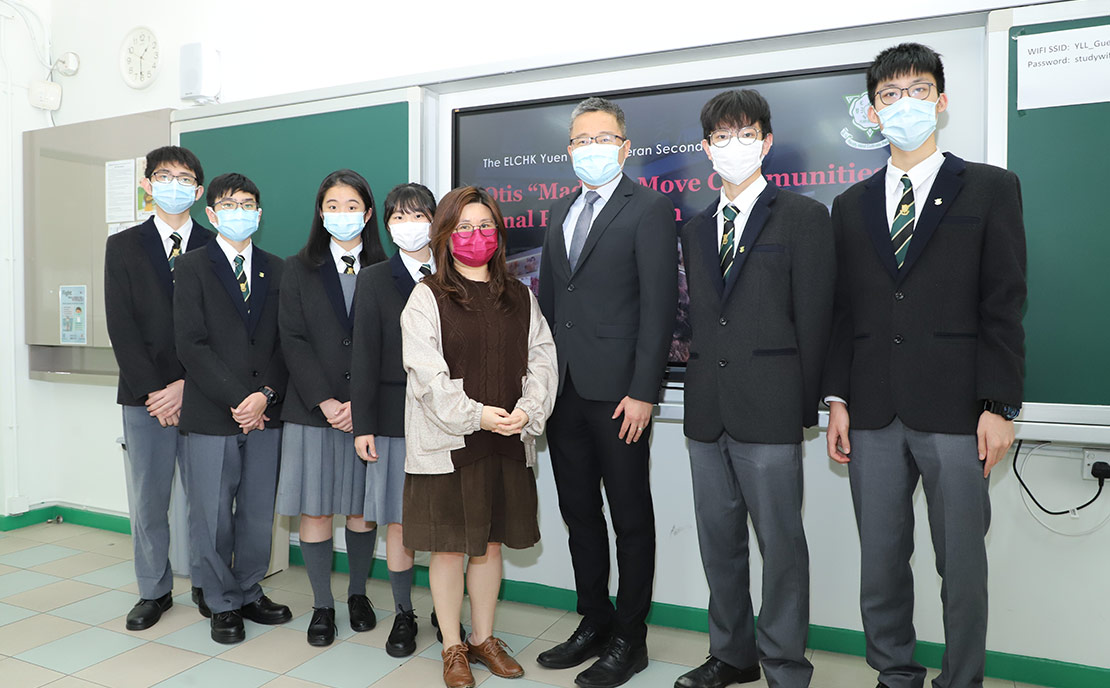
Students focused their ideas on improving access in and out of local wet markets. From designing a user-friendly app called Foodson, to a robot that can shop for and deliver fresh groceries, the students’ solutions were customized to meet the needs of those who have less experience with online purchasing and technology.
Number of Students
6
-
Otis Americas
California, USA
Jordan High School, Long Beach

The student team developed an app to integrate data into public transportation systems – specifically, city buses. The app tracks number of passengers and identifies the best – and safest – time to ride the bus. Additionally, research was done to find improved air filtration and purification systems for buses – helping commuters feel safer during the pandemic.
Number of Students
8
-
Otis Americas
Brazil
SENAC
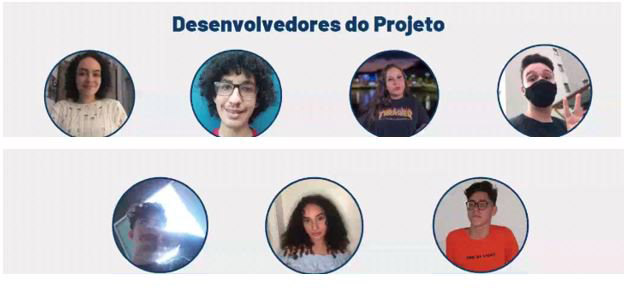
Students created a QR code solution that monitors and improves the check-in process for people in public spaces. People provide some simple, personal health information to an online site to access and assess data on crowd levels at each location.
Number of Students
8
-
Otis EMEA
Russia
Open St Petersburg
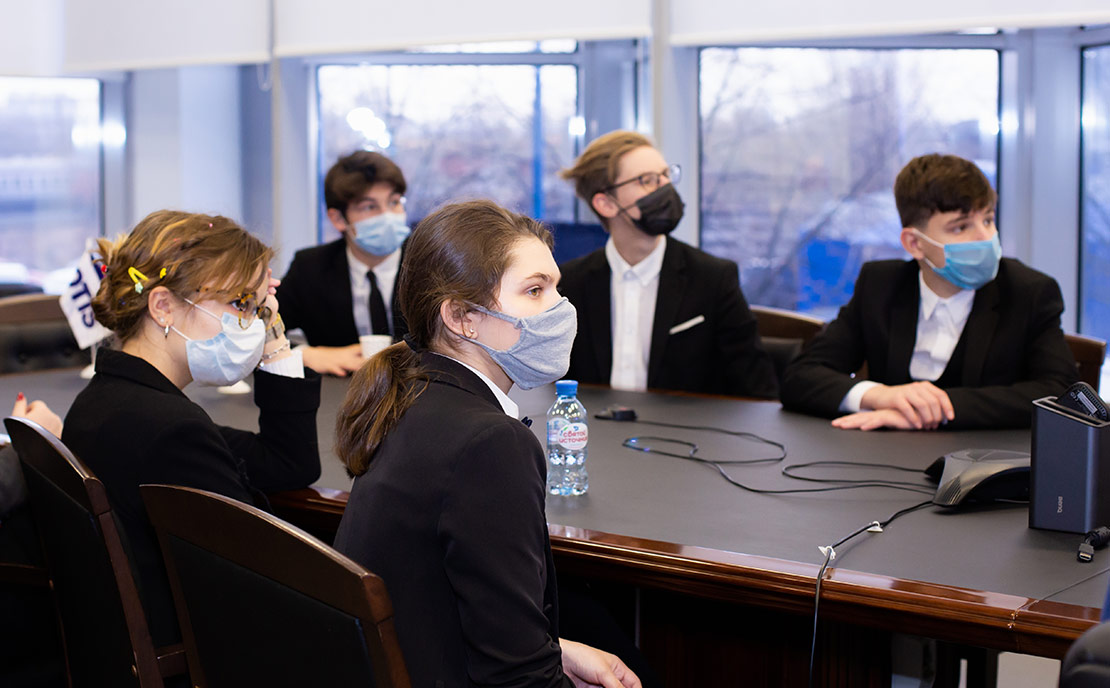
Students developed a mobile app to help residents of St. Petersburg avoid crowds, move safely, enable people to leave their homes and reduce the overall risk of COVID-19. The app helped to optimize the flow of people and traffic patterns in public places, while reducing congestion and overcrowding.
Number of Students
7
-
Otis Asia Pacific
Singapore
Institute of Technical Education
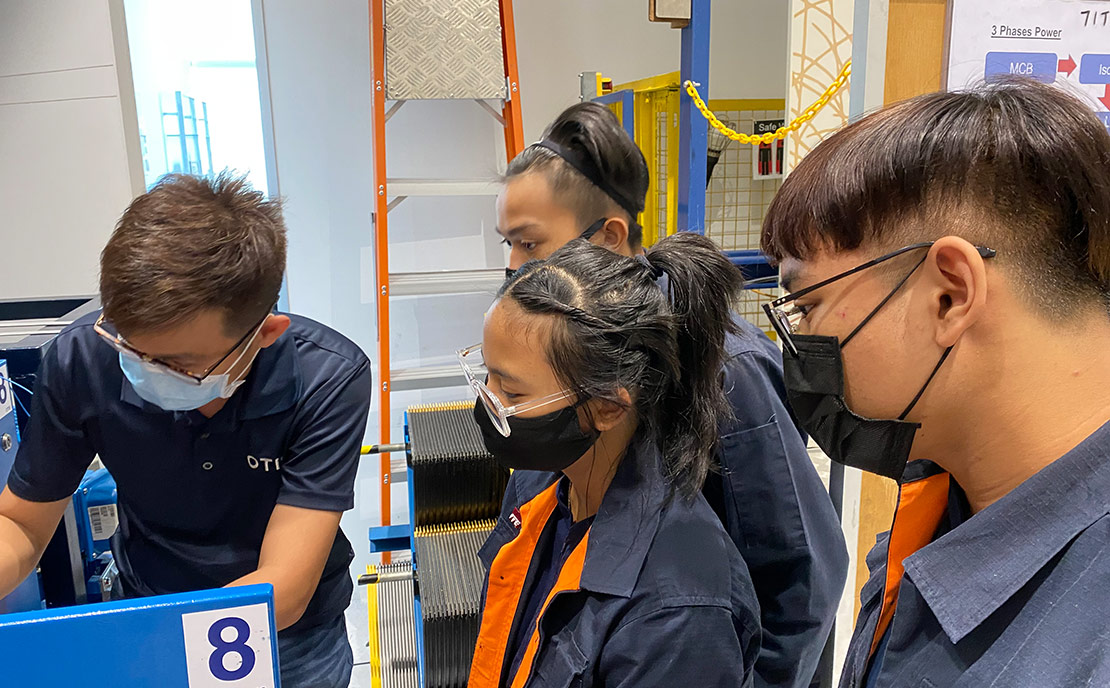
The students created a face mask with a lightweight skin thermometer for real-time temperature checks. The mask helps reduce the time it takes for temperature checks prior to taking public transit, making the daily commute faster while easing concerns about coming into contact with someone who is ill.
Number of Students
8
-
Otis EMEA
Germany
Romain Rolland Gymnasium
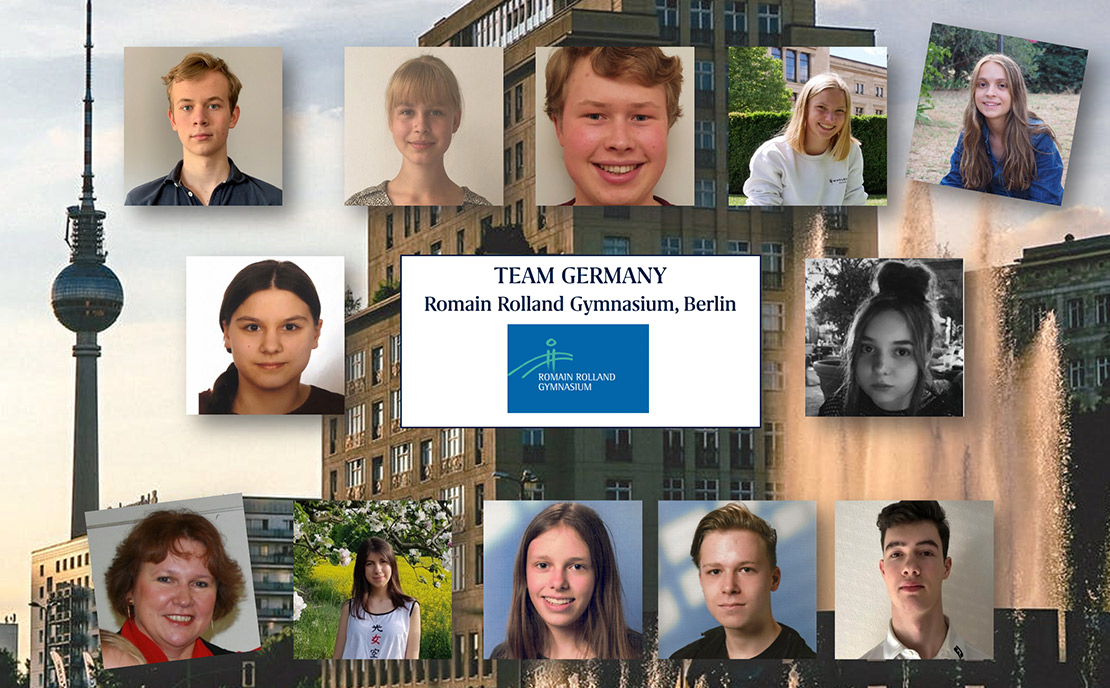
Students developed solutions to improve the daily commute. Two focused on reducing the risk of infection and technology to support social distancing. The third solution was designed to make cities more bicycle-friendly – more effectively moving bicycles up/down escalators and onto trains.
Number of Students
11
